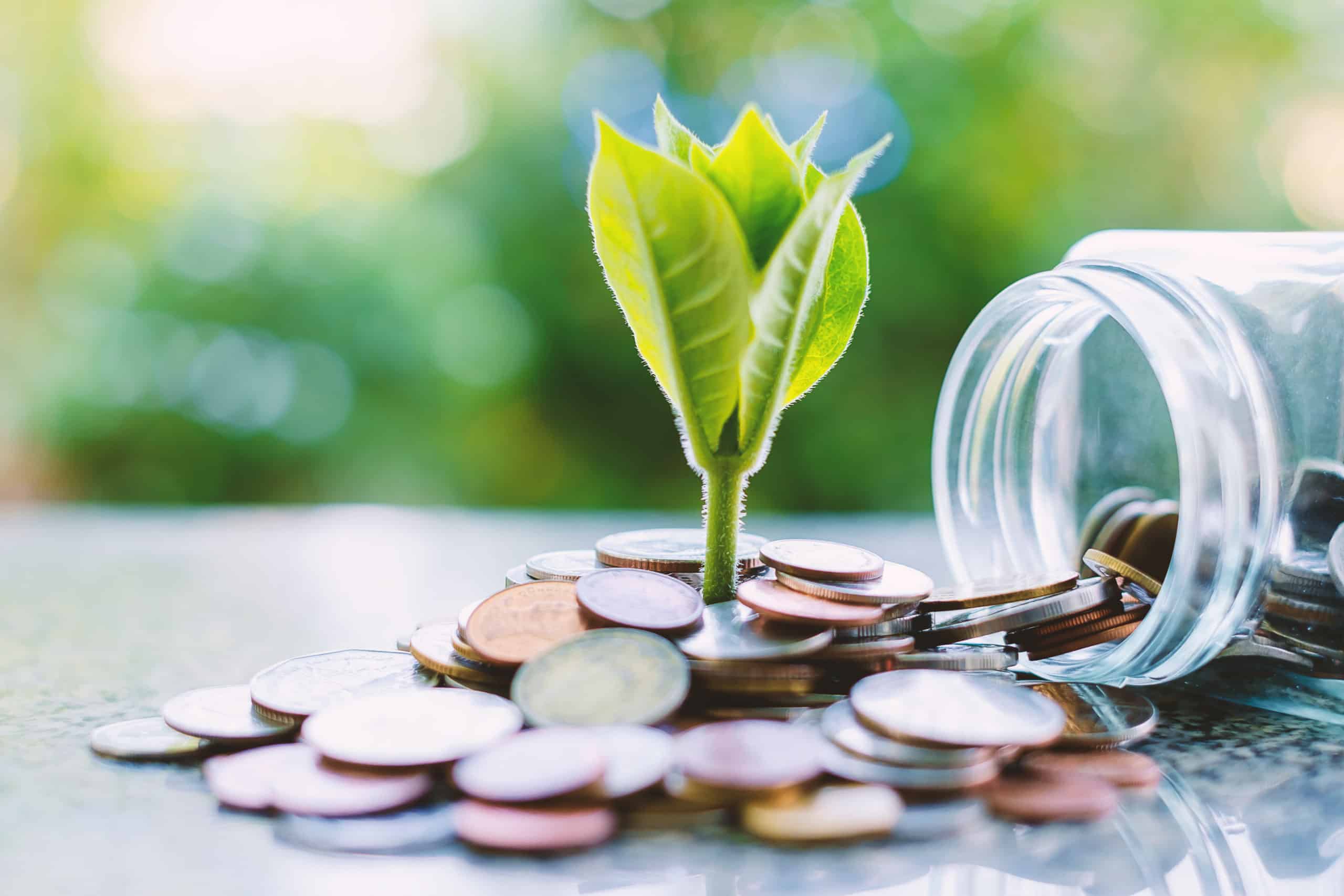Are you planning for your retirement and don’t know where to begin? Is all that retirement planning and budgeting making you apprehensive? Let’s start from the beginning. It would look easy if you plan one expense at a time. Let’s say you spend $150 on electricity and internet every month. You could build dividend income to pay your electricity and internet bills during retirement. If your bills grow at an average annual rate of 3%, so should your investments.
If you decide to start building a dividend income pool for every expense, retirement planning won’t stress you, and your money will make more money.
How a $250 monthly investment can give you $250 in monthly dividends
In investing, there is the Rule of 72. If your investment gives you a fixed return, divide 72 with the return and your money will double in that many years. Let’s see how it works. A stock which gives a 6.5% average annual dividend yield can double your money in 11 years (72/6.5). This return is possible when you reinvest the dividend and let your money compound.
The table below shows how your money would grow in these 11 years.
| Year | Contribution | Dividends @ 6.5% | Total Amount |
| 2024 | $3,000.0 |
| $3,000.0 |
| 2025 | $3,000.0 | $195.0 | $6,195.0 |
| 2026 | $3,000.0 | $402.7 | $9,597.7 |
| 2027 | $3,000.0 | $623.8 | $13,221.5 |
| 2028 | $3,000.0 | $859.4 | $17,080.9 |
| 2029 | $3,000.0 | $1,110.3 | $21,191.2 |
| 2030 | $3,000.0 | $1,377.4 | $25,568.6 |
| 2031 | $3,000.0 | $1,662.0 | $30,230.6 |
| 2032 | $3,000.0 | $1,965.0 | $35,195.6 |
| 2033 | $3,000.0 | $2,287.7 | $40,483.3 |
| 2034 | $3,000.0 | $2,631.4 | $46,114.7 |
| 2035 |
| $2,997.5 | $49,112.1 |
If you invest $250 a month, your annual investment is $3,000. A 6.5% yield could give you $195 in annual dividends. Next year, you will invest another $3,000 and reinvest the $195 dividend. You earn interest of 6.5% on $3,195, which comes to $402.70. This dividend gets reinvested. By the eleventh year, your dividend amount compounds to around $3,000 on a total contribution of $33,000.
A $250 monthly dividend could probably pay your electricity and internet bills.
Stocks that can help you earn $3,000 in annual dividends
To execute the above plan, you need to invest in stocks that can give you at least a 6.5% annual yield and adjust the dividend for inflation.
Enbridge stock
Enbridge (TSX:ENB) stock is a dividend aristocrat with a 65 plus-year history of paying quarterly dividends. It has been growing dividends at a compounded annual growth rate of 10%. However, the pipeline company is spending significantly on gas pipelines and acquisitions. This capital spending is increasing its debt and reducing its financial flexibility. Moody’s downgraded Enbridge to Baa2 from Baa1 due to financial weakness. While Moody’s concerns are valid, every business comes with risks.
The future of energy is renewable. Crude oil usage is declining, and that of natural gas is rising. The pipeline company must adapt to the energy transition. Hence, Enbridge is building its gas business by acquiring three US gas utilities, which will earn it stable cash flows. It has reduced its dividend growth rate as it undergoes massive capital spending.
As per Enbridge’s math, it plans to continue growing its dividend by 3% till 2026 and then increase it to 5% from 2027 onwards. This 3 and 5% growth will help your dividend income adjust to inflation.
Every business faces volatility in the short term. However, an investor looks at the business from a long-term perspective, and Enbridge can keep giving dividends for the next few decades.
CT REIT
CT REIT (TSX:CRT.UN) is another dividend-paying stock that grows its payout annually by over 3%. Unlike other REITs that struggle to keep occupancy levels high, CT REIT enjoys 90%-plus assured occupancy from its parent, Canadian Tire. As the rent increases annually, so do its payouts.
Its current distribution yield is 6.3%, but Enbridge’s 7.6% yield can give your overall portfolio an above 6.5% yield. The REIT can give you inflation-adjusted passive income for years to come while diversifying your portfolio.
It’s time to start investing and let your money compound in the market.








